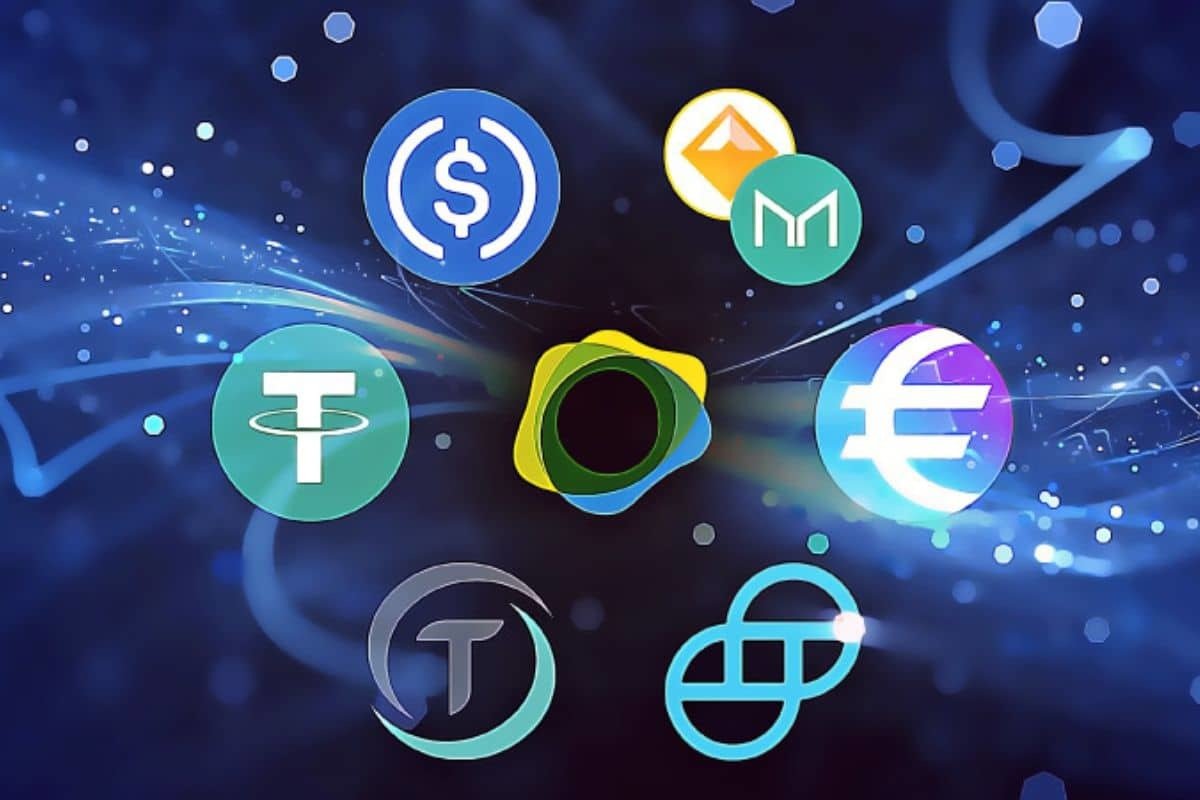Thanks to Web3 infrastructure supporting stablecoin development, the area of digital assets has changed drastically lately. Closing the divide between conventional banking and the expanding digital economy depends mainly on stablecoins, digital currencies linked to consistent assets like the US dollar. Stablecoins have evolved as a fundamental part of the digital asset ecosystem since they provide the stability of fiat currencies and the benefits of blockchain technology. Web 3 architecture has pushed this integration since it makes scalability, accessibility, and wide acceptance in many sectors possible.
Stablecoins and Bitcoin’s Volatility
Stablecoins have become among the most important breakthroughs in the Bitcoin market since addressing the natural volatility that has occasionally hampered the further acceptance of digital currencies. Though they offer distributed and open alternatives for traditional fiat money, cryptocurrencies like Bitcoin and Ethereum have limited use as regular payment methods because of their price volatility. Conversely, stablecoins have a consistent value usually related to a reserve asset, the U.S. dollar, or a basket of other assets. This provides customers with a consistent digital resource for savings and purchases, sometimes even as a hedge against inflation.
Attractive stablecoins have proved fairly popular in many spheres, including remittances, internet payments, and distributed finance (DeFi). Their market capitalization has increased dramatically lately, indicating their increasing relevance in the world financial system. As of 2024, stablecoin circulation has a total value of about $150 billion; this number keeps rising.
Web3 Architecture for Stablecoins
Web3 architecture underlies distributed apps and blockchain platforms. It covers the distributed networks and tools to facilitate peer-to-peer interactions and trades free from intermediaries and protocols. The backbone of this system is blockchain technologies, including Ethereum, Solana, and others, which allow distributed operations of stablecoins.
If stablecoins are to scale and be embraced globally, the underlying Web3 infrastructure must have three key traits. Its first and most critical demands are security ones. Blockchain’s cryptographic character ensures open, tamper-proof stablecoin transactions, building user confidence. Using smart contracts, Web3 infrastructure also enables programmability, allowing stablecoins to be used in a spectrum of financial applications, including lending, borrowing, and yield farming inside distributed finance.
Regulatory Clarity and Stablecoins

Stable coin is being used extensively, mainly because of regulatory clarity. Historically, since different nations implement different rules, the regulatory environment around stablecoins and cryptocurrencies has been confusing. As stablecoins become more well-known, governments and regulatory authorities are beginning to create procedures to ensure their adherence to financial rules.
The U.S. Securities and Exchange Commission (SEC) approved the introduction of YLDS, a stablecoin with interest-bearing value, so regulatory approvals advanced dramatically in 2024. This action marked a significant step towards stablecoin acceptance inside the traditional financial sector. Countries, including the European Union, have also advanced with rules for cryptocurrencies and stablecoins; one example is the Markets in Crypto-Assets Regulation (MiCA).
Stablecoins for Payments
Stablecoins’ cross-border payments are among their most fascinating applications. Traditional international money transfers are slow, expensive, and middleman-heavy. Stablecoins provide fast, low-cost cross-border transactions, reducing banking system friction and costs. Where traditional banking is sparse. Stablecoins offer a more accessible financial option. Stablecoins can cut the cost of sending money home, empowering locals in underdeveloped nations where remittances affect the economy.
Challenges and Future of Stablecoins
Even with their promise, the stablecoin ecosystem still needs work. A significant challenge is regulatory uncertainty; several nations openly forbid or limit stablecoin use. Though developments in Web3 infrastructure are improving these areas, scalability and interoperability issues still exist.
Stablecoins are destined to become much more crucial in the worldwide financial system in the future. Their adoption is projected to rise dramatically. Web3 infrastructure improves constantly, regulatory clarity becomes more apparent, and institutional support grows. These digital assets can change how individuals and companies interact with money as they develop. Therefore, it enables a more distributed, effective, and inclusive financial system.


